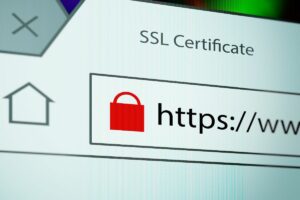Don't let SEO mistakes hinder your business's online success. Download our FREE guide today and unlock the strategies to optimise your visibility and avoid common pitfalls. Take charge and get your guide now!
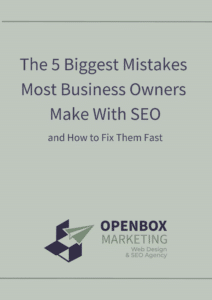
When it comes to your WordPress website, think of user access, like locking doors and checking IDs. You want to control who gets in and what they can do once they’re inside. Let’s talk about managing WordPress user access and permissions in a way that’s easy to understand!
How Do I Control User Access in WordPress?
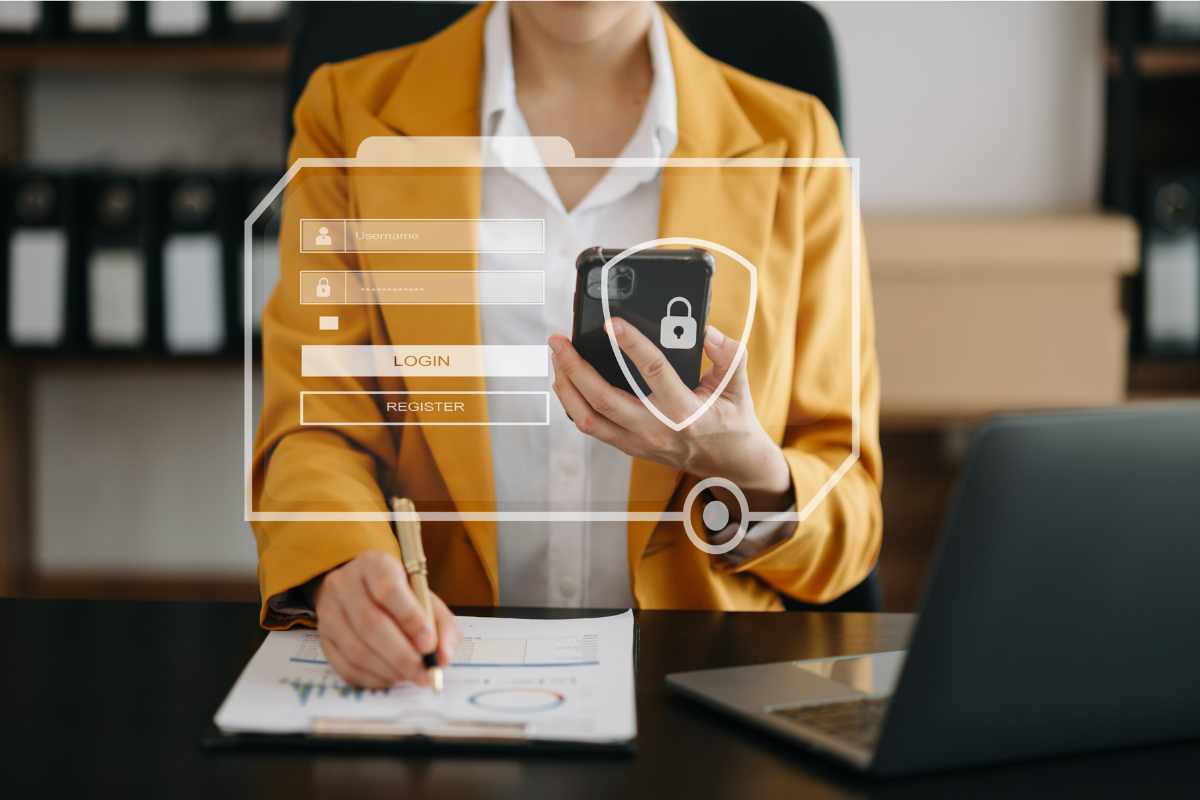
You’ll want to give the right role to each person. Editors might help manage content while Authors write posts. Contributors can add ideas, but they might need someone else to unlock the door for their content to go live.
How Do I Manage User Roles in WordPress?
WordPress allows you to control what different users can do on your site by assigning them specific roles. Follow these steps to manage WordPress user roles:
Step 1: Log in to Your WordPress Dashboard
Go to your WordPress website and log in using your administrator account.
Step 2: Access the User Section
Once logged in, look for the “Users” tab on the left-hand side of the dashboard. Click on it to access the list of users registered on your site.
Step 3: View User Roles
You’ll see a list of users and their roles on this page. To modify a user’s role, locate the user you want to edit and click on their username.
Step 4: Edit User Role
Scroll down to the bottom of the user’s profile page. There, you’ll find the “Role” dropdown menu. Click on it to see the available user roles.
Step 5: Choose a New Role
Select the role you want to assign to this user from the dropdown menu. WordPress offers several roles like Administrator, Editor, Author, Contributor, and Subscriber.
Step 6: Save Changes
Once you’ve selected the new role, scroll back up to the top of the page and click the “Update Profile” button to save the changes.
Additional Tips on Managing WordPress User Access and Permissions
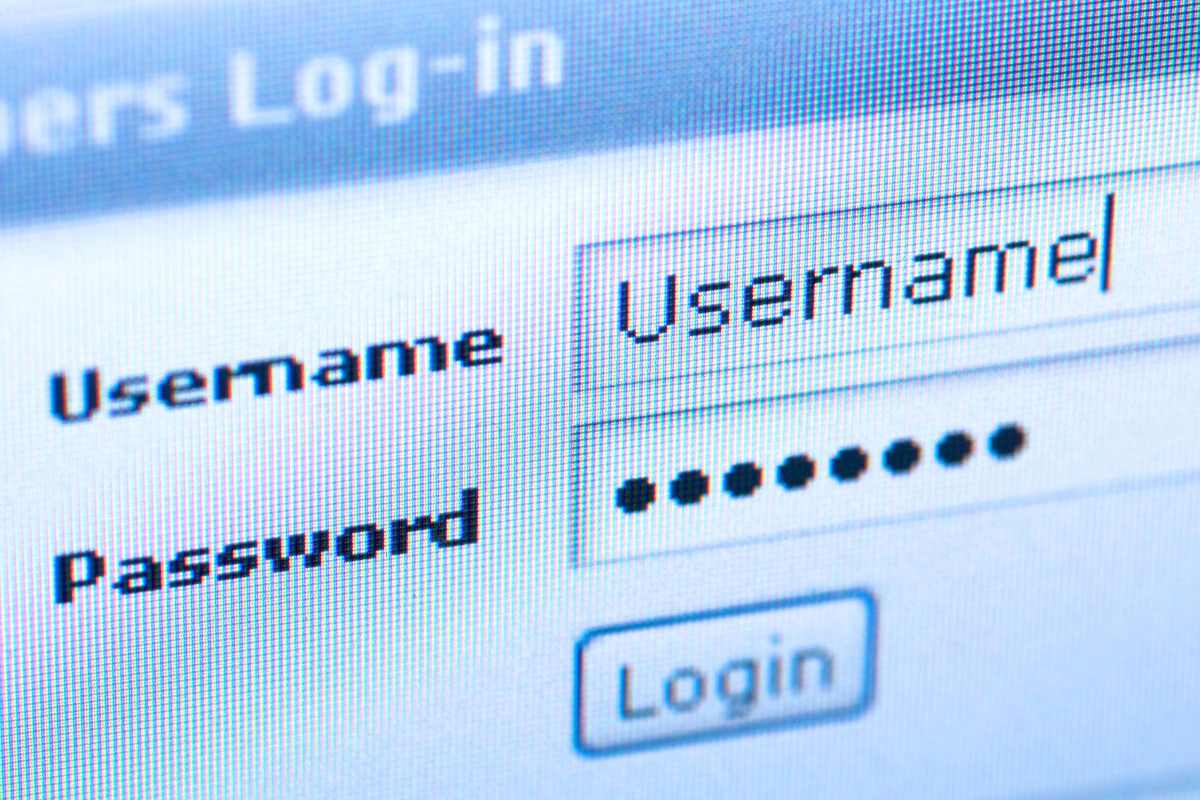
Understanding User Roles
Take a moment to understand each role’s capabilities. Administrators have full control, while Subscribers have limited access.
Assigning Roles Wisely
Assign roles based on the user’s responsibilities. For example, give Editors access to manage content but limit Contributors’ publishing capabilities.
Regular Checks
Periodically review user roles to ensure everyone has the right level of access. Remove or modify roles for users who no longer require certain permissions.
What is the Difference Between User Roles in WordPress?
Just like keys to different rooms, user roles in WordPress decide what each person can do. There are different roles like Administrators, Editors, Authors, Contributors, and Subscribers. Administrators have all the keys, while Subscribers have limited access, like being guests in your space.
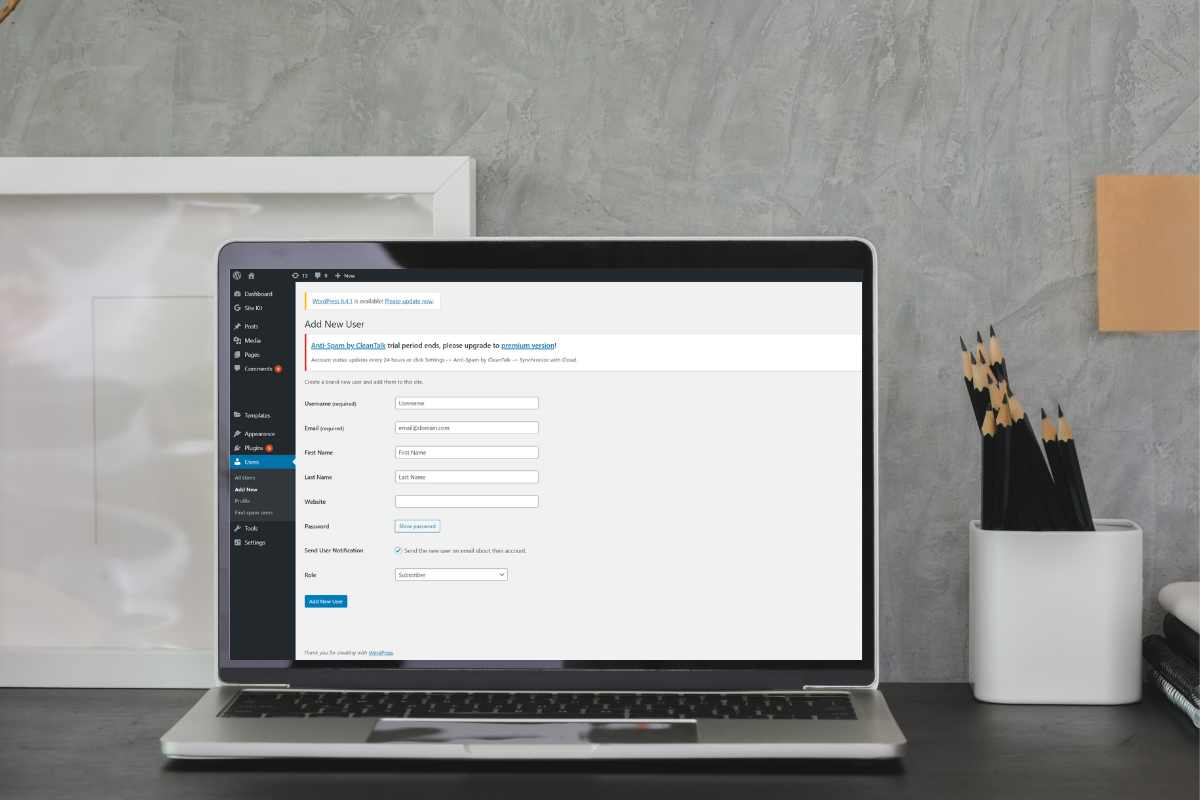
Be Mindful with Keys
It’s crucial to be careful with who gets what keys. Handing out too many keys can lead to chaos. For instance, giving too much power to someone who doesn’t need it might open doors to trouble.
Double-Checking IDs
Sometimes, it’s good to double-check IDs. Strong passwords and two-factor authentication (that’s like asking for a second form of ID!) can add extra security layers, making sure only the right people enter.
Regular Key Check-ups
Periodically review who has which keys. Remove keys that aren’t needed anymore. This helps keep your space organized and secure.
Choosing Trusted Door Locks
When it comes to plugins or tools controlling access, pick trusted ones. They’re like advanced door locks that ensure only the right people get in.
Keeping Your Space Safe
Managing user access in WordPress is like managing who gets keys to different rooms in your space. By assigning the right roles, being mindful of permissions, using strong passwords and security tools, and reviewing access regularly, you’re locking the doors tight to keep your WordPress site safe and organised.
Share this Article

Julian Demerre
Julian has been a web developer since 2013, focusing primarily on WordPress websites. A rare plant enthusiast who loves to cook, is addicted to coffee and has worked as a freelance photographer. He has been published in photography magazines and is now sharing his knowledge of web technology.






